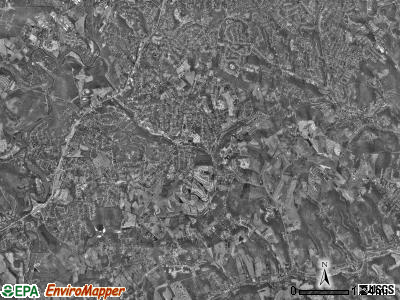

You may have even seen punny incidences of the term, such as "nama-slay" on a T-shirt, or "nama-stay in bed" on a throw pillow. Lastly, it's important to note that Jains, Buddhists, and even Sikhs have also used the term, so it's not exclusive to Hindus, according to Vose.Īs the practice of yoga has seen a rise in popularity in Western culture, so, too, has the use of namaste, with the word not only being spoken at the end of a yoga class but also plastered on tote bags and water bottles.

"In modern usage in India, has the symbolic weight of 'hello' in most contexts, unless one is specifically praising one's guru, teacher, elder, etc.," Vose explains, adding that other greetings, like "Jai Shri Krishna," are becoming more popular in India today than namaste. Namaste also appears in major works of Sanskrit literature and in countless inscriptions, he adds. Vose tells mindbodygreen that Namaste or namaskāra appear in Sanskrit literature going back to the Rig Veda and Atharva Veda around 1500 to 1000 BCE, and also appear in the Mahābhārata (400 BCE to 400 CE) and Bhāgavata Purāṇa (10th century CE). So put it together and namaste means, "Praise to you," "Salutations to you," "Honor to you," or " bow to you." The second word, te, means "to you," in this context. Despite what you may have seen or heard, namaste does not directly translate to, "The light in me sees the light in you" but is rather a greeting that translates to something like, "Salutations to you."Īccording to Steven Vose, Ph.D., a religious studies expert and visiting assistant professor at the University of Colorado at Denver, namaste is actually two words, with namah translating to terms like "praise," "honor," "bowing," "reverential salutation," and "adoration."


 0 kommentar(er)
0 kommentar(er)
